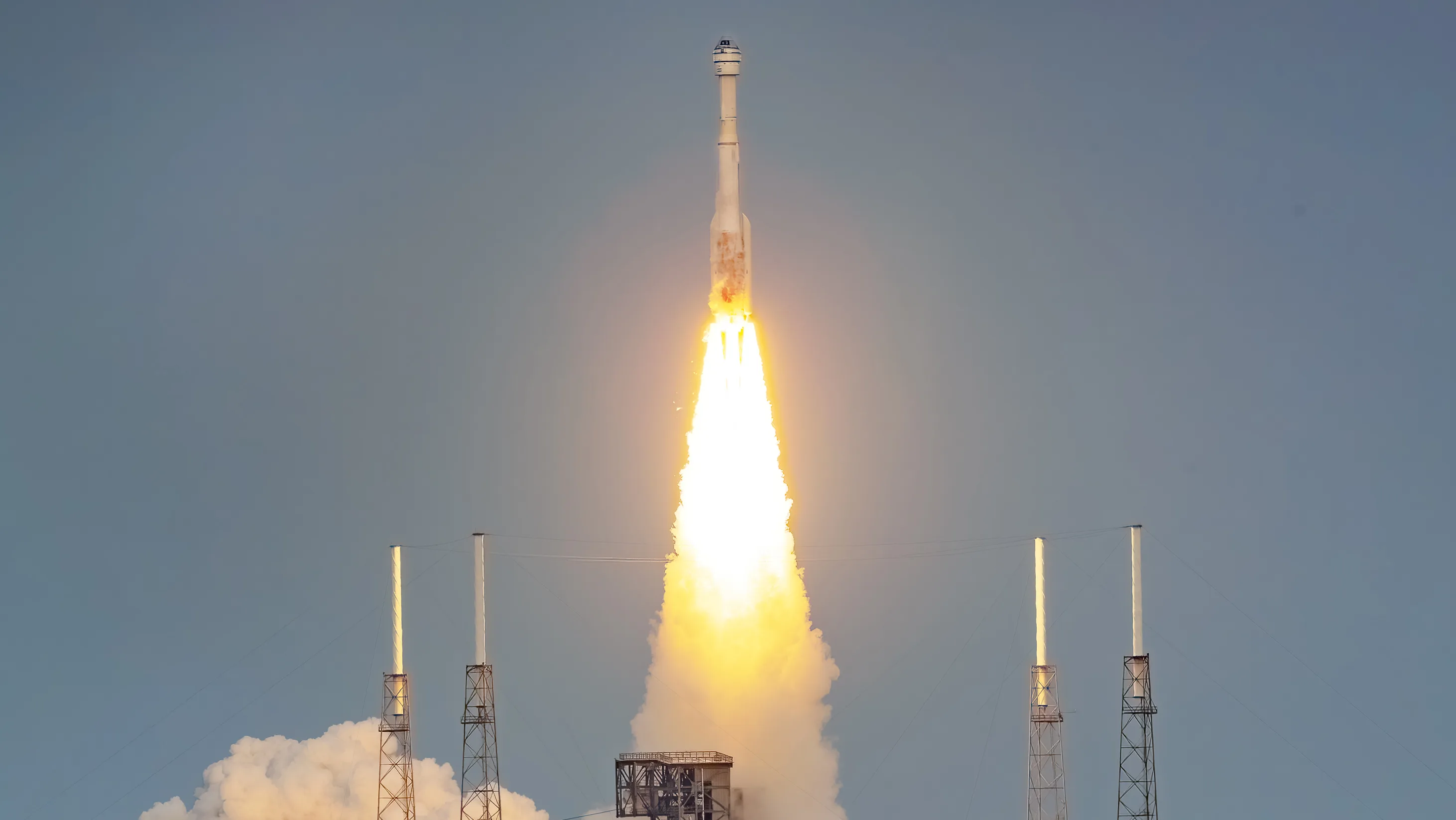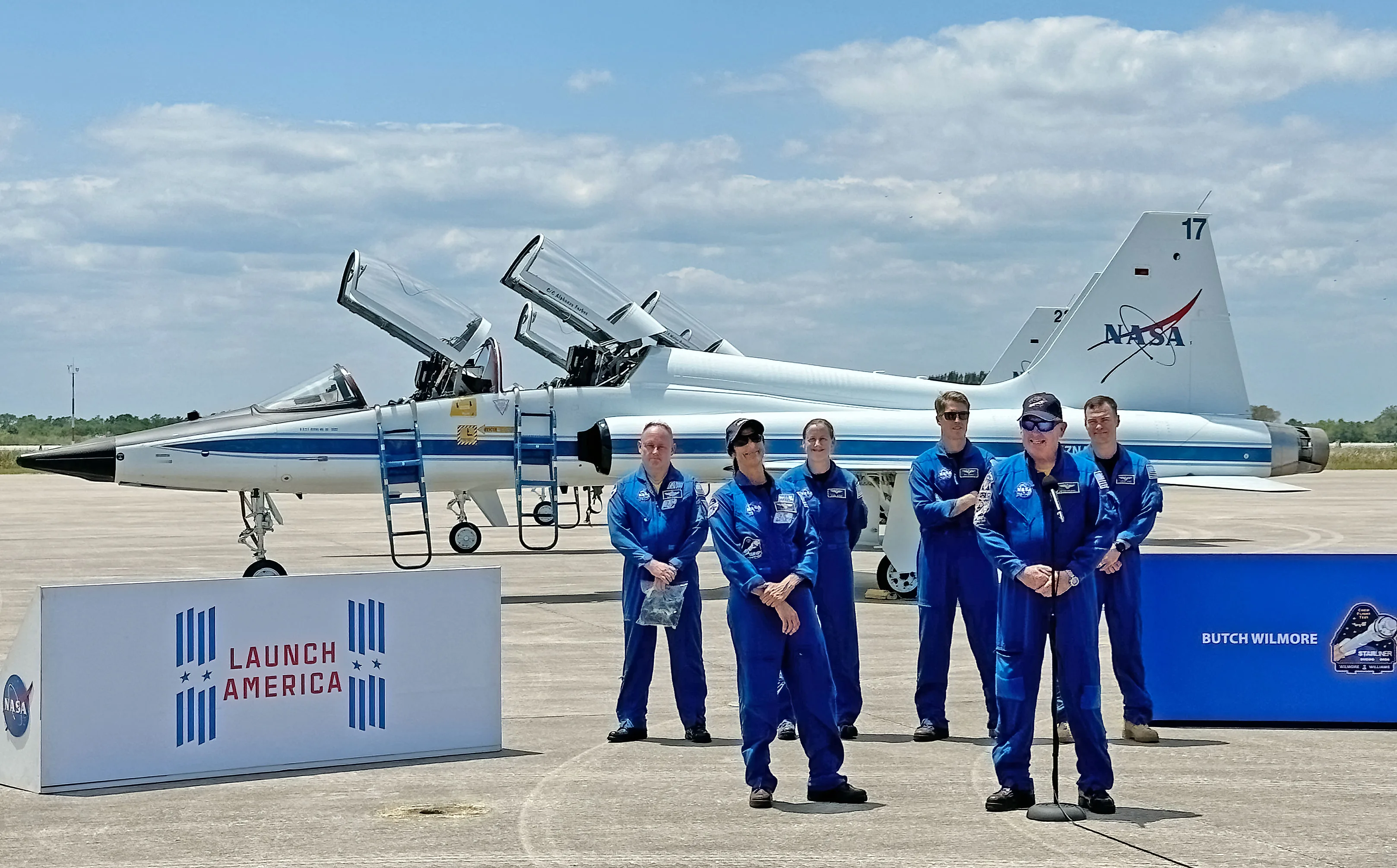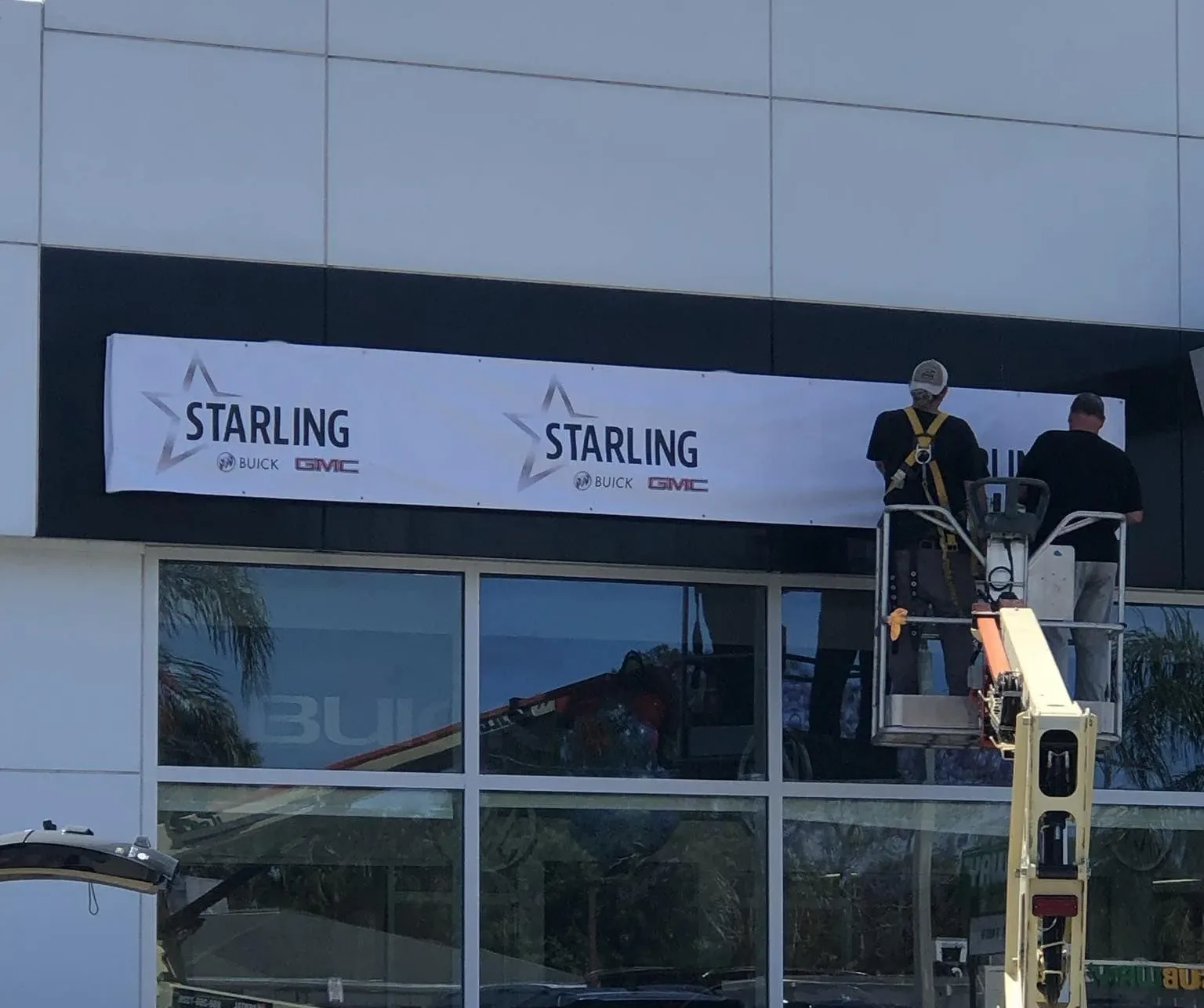CAPE CANAVERAL SPACE FORCE STATION — Relativity Space has its mostly 3D-printed Terran 1 rocket on the pad as it looks to complete final tests and get the OK to go for its first launch ever.
“Everything that needs to fly with that rocket right now is on that rocket,” said Patrick Svatek, Relativity’s Cape operations and launch site director. He was at Launch Complex 16 on Tuesday with the white fuselage over his shoulder preparing to go vertical for the first time.
The Long Beach, California-based startup company’s first entry into the rocket industry is composed of 85% 3D-printed parts, including both stages, the nine first-stage Aeon 1 engines and single Aeon vacuum engine on the second stage.
It’s a smaller rocket compared with SpaceX’s Falcon 9 or United Launch Alliance’s Atlas rockets, standing at just 110 feet tall. It’s capable of sending 2,756 pounds of payload to low-Earth orbit of about 310 miles with the small satellite market its target customer.
The first launch has a secret payload for what’s known as the “GLHF” mission, as in “Good Luck, Have Fun.”
Svatek says just what’s flying, which is already installed in the nose cone, would likely be revealed on launch day during the live stream the company plans, but it will be something “that’s going to be special to all of the individuals that put a lot of heart, blood, sweat and tears into this one.”
“It’s not a Tesla, I can guarantee that,” he said jokingly referring to Elon Musk’s roadster that flew on the demonstration launch of SpaceX’s Falcon Heavy.
:quality(70)/cloudfront-us-east-1.images.arcpublishing.com/tronc/XEHC6HN375FLBPO4IBKZCQZFVM.jpeg?ssl=1)
Future plans are to build a larger Terran R rocket that will be up to 95% 3D-printed and will feature a reusable first stage. In the meantime, the hardware for the second Terran 1 rocket is already near completion.
The fuel for Terran 1 is liquid oxygen and refined liquid natural gas close to methane, a combination dubbed “methalox” that has yet to power an orbital rocket. SpaceX’s new Starship, ULA’s upcoming Vulcan and Blue Origin’s in-development New Glenn also will use the mixture.
“This is a technology demonstrator, and really a pathfinder for us to help us develop the idea of reusability right off the get-go with Terran R,” Svatek said, although the smaller Terran 1 also has launches planned for other customers including NASA.
Relativity, which was founded in 2016, has a contract with the Space Force to use Launch Complex 16, which is about halfway up the row of launch sites along Cape Canaveral, with the ULA and SpaceX facilities to the north. It is within view of the launch site to the south that sent John Glenn into space as the first American to orbit the Earth in 1962.
LC-16 was used from 1959 to 1988, the home to 150 launches, among them Titan and Pershing rockets as well as tests for the Apollo program.
For now, Relativity’s rocket parts are printed in California with some parts tested at facilities at Stennis Space Center in Mississippi before making their way to LC-16′s assembly building adjacent to the launch pad. It’s big enough to hold Terran 1 and the future Terran R.
The company has been testing out the stages individually at the site before finally connecting them two weeks ago, topping them with the nose cone and rolling it out to the pad as a whole rocket for the first time on Tuesday.
The benefit of testing in the Space Coast is the supporting infrastructure, Svatek said, and manufacturing parts closer to the launch site “potentially is on the table.”
“That’s one of the beautiful things about 3D-printed technology, is once you’ve got that foundation set” … [you can] take it pretty much wherever you want and print whenever you need,” he said.
That includes plans to bring that tech in the far future to printing on another planet. The company’s logo is representative of Earth building a relationship with Mars until at one point, the two planets flourish independently.
:quality(70)/cloudfront-us-east-1.images.arcpublishing.com/tronc/BZTIFFF5N5CRXKLWPU46UCUF64.jpg?ssl=1)
“We believe building a multi-planetary future on Mars is only possible if we inspire dozens to hundreds of companies to work toward a singular goal,” said company co-founder and CEO Tim Ellis earlier this year. “This is a monumental challenge, but one that [if] successfully achieved will expand the possibilities for human experience in our lifetime across two planets.”
The Terran R could be flying as early as 2024. It is already contracted to work with company Impulse Space to send what could be the first commercial payload to Mars. Relativity also recently announced a deal to use Terran R for launch services for satellite company OneWeb beginning in 2025.
But first up is Terran 1.
The rocket is set to go vertical and gear up for a static fire of its first-stage engines, the final major test before being cleared for liftoff.
Just when Terran 1 launches, though, is reliant on completing the static fire and getting the final launch license from the Federal Aviation Administration. While that could potentially come before the end of the year, Svatek pointed out that the company is considerate of its more than 1,000 employees, 70 of which are based in Florida, so he said he wouldn’t be surprised if launch day came after the holidays.
A reporter’s tour on Tuesday found flight control a short drive away in a building that used to be home to a pair of monkeys that flew into space in 1959 named Able and Miss Baker.
Their memory is commemorated in meeting rooms named after them, but the space doesn’t look seven decades old now with Relativity’s black-and-white design washing over the two floors with intricate computer banks showing the pressures, flows and fill levels for all the parts of the rocket and ground stations. There’s also a touch-screen toaster.
The flight director for the “GLHF” mission, Clay Walker, said he thinks Terran I has a good shot of making its orbital goal.
“Orbit will be the win, the big win, though I think we have a lot of wins underneath,” he said. “A lot of our orbital competitors, getting to launch on the first try is, I actually don’t think that’s something that happens. … I expect to get to stage separation, and frankly, I would not be surprised if we make it to orbit.”
Working through 3D-printing technology with viable engines took time to perfect. Earlier suggestions the rocket could have taken flight by this past summer were pushed further out as the company conducted tests to gain more confidence, something it will continue to do, Svatek said.
“We’re not backed by billionaires trying to duke it out in the industry, and we know that,” Svatek said. “We remind folks that we are a startup company.”













Leave a Reply